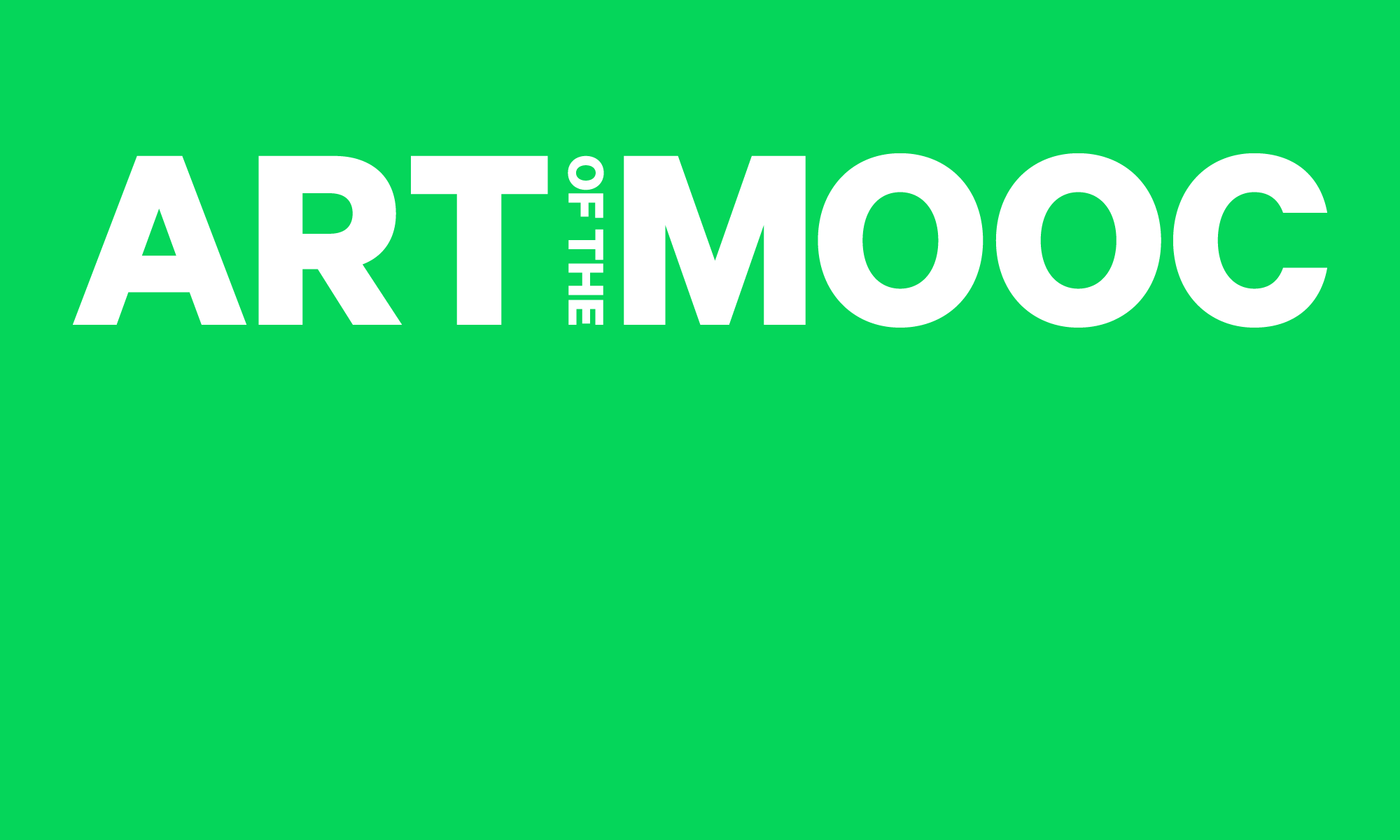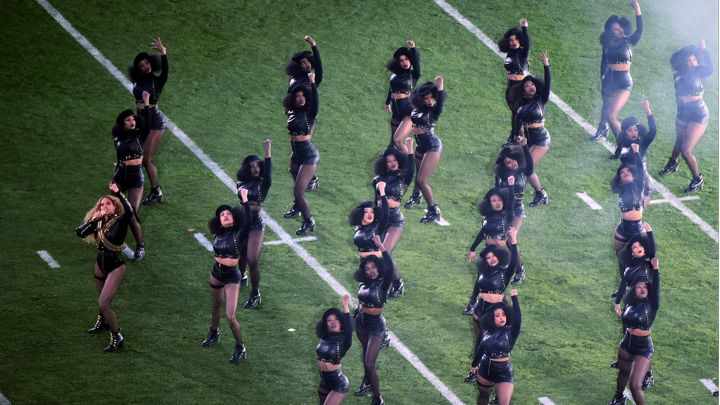Why I can’t take any commentary on Beyonce’s Super Bowl Halftime performance serious…on either side.
Pedro Lasch states early in the first lecture that “public art has always been a great way to understand entire societies. It’s through our definition of the public that we define the relations between the visible, the invisible, the national and the international…” Nato Thompson later adds that many public art projects play out in public space. The Super Bowl is a very public American space with 111.9 million viewers (3.5 million less than last year’s record breaking telecast)…nearly a third of the nation. Pop singer, Beyonce Knowles-Carter, has caused a national scandal more passionately debated than Janet Jackson and Justin Timberlake’s infamous 2004 Nipplegate. I’d argue that the socially engaged public art in this conversation isn’t solely the music video she released the day before or even the lyrics that accompany the beat of the song she made an appearance on, rather the culminating act of her public halftime dance performance in which the juxtaposition of beret topped Afros on black leather clad bare legged brown girls rating their fists like Tommie Smith while pantomiming lyrics that profess a preference for black phenotypes and John Carlos in the 1968 Olympics prior to making an “X” formation during a dance tribute to Michael Jackson, became too much for the two Americas to bear. In the final Super Bowl of the Obama presidency, Beyonce created a work of art by embodying in her performance the spirit of Black Power in the hometown of it’s Black Panther institutional genesis. The comments from Giuliani to Beyonce super fans have revealed less about the artistry of Beyonce than insight into the relations between the visible, the invisible, the national and the sub-national. And for that, this very public work of art in a space that champions black bodies but cringes at the thought of “Black Bill Gates in the making” was very necessary to timestamp and punctuate this moment in American history.
If she had ended there, I’d say it was a pure work of art…having a call to action after this performance to purchase tickets to an upcoming tour took some of the thunder away for whatever statement her performance had already made by turning it into a commercial spectacle…it had all the trappings of great performance art by appropriation similar to Jay Z’s Marina Abramovic guided Picasso Baby performance.

